How effective is Russia’s Nebo-M counter-stealth radar?
- By Alex Hollings
Share This Article
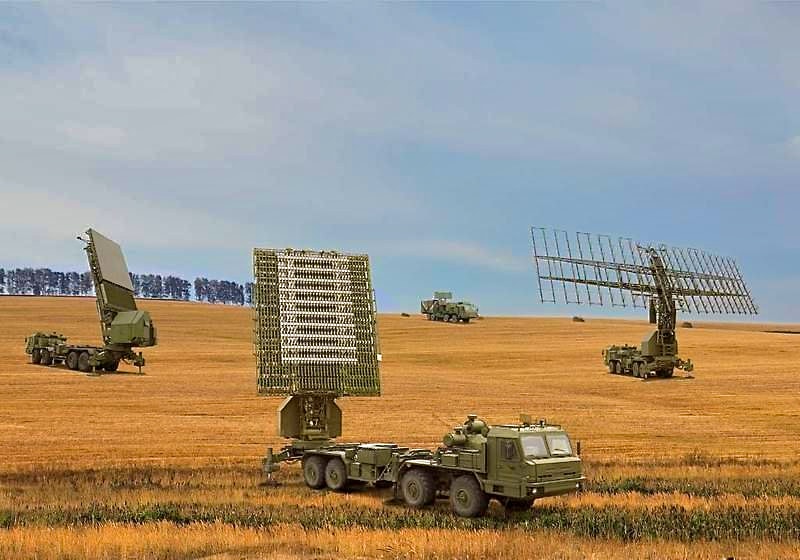
Russia’s S-400 air defense system’s counter-stealth claims come largely thanks to its use of the advanced Nebo-M radar system. But just how effective is this radar in a real-life combat situation?
The Nebo-M actually combines three different radar arrays that broadcast on different frequency bands to detect, track, and target low-observable aircraft like America’s 5th generation fighters. This system does so by leveraging a largely misunderstood attribute of stealth fighter design: their inherent detectability against lower frequency radar bands.
The truth is, the Nebo-M can likely detect stealth fighters from a good distance away. Actually targeting them, however, is another story.
Related: Russia’s stealth fleet now ranks 11th in the world
Nebo-M radar and its efficacy against stealth fighters like the F-35

Modern stealth fighters are designed to delay or prevent detection from higher frequency radar arrays broadcasting in parts of the S, C, X, and Ku bands, because these systems are capable of providing a “weapons-grade lock,” in other words, radar arrays that can guide a missile to a target. Lower frequency radar arrays leveraging the L or S bands are not capable of guiding weapons with this sort of accuracy — but are capable of spotting stealth fighters.
As a result, many countries have developed early-warning radar systems that leverage low-frequency bands to notify them of the approach of stealth fighters. Yet most countries lack the ability to target these aircraft even when they know they’re flying directly overhead. You can read more about this in our full-length feature on the topic here.

Russia’s Nebo-M system uses two low-frequency radar arrays, the Nebo SVU in the VHF-band and the Protivnik G in the L-band, to detect the presence of stealth fighters as they approach. These systems do not provide the image fidelity required for targeting a stealth fighter, but by networking them with Russia’s Gamma S1 array broadcasting in the S and X-bands, the Nebo-M system offers an effective means of tracking and eventually even targeting stealth fighters.
It’s important to note that while modern stealth fighters like the F-35, F-22 Raptor, J-20, and Su-57 are all designed to minimize detection against these high-frequency bands, no modern fighter can entirely defeat detection against them. America’s F-35 is said to boast a radar cross-section (RCS) of approximately 0.0015 square meters, or around the size of a golf ball, while the stealthier F-22’s RCS of about 0.0001-0.0002 square meters is more like a marble. These both represent a significant improvement over the world’s first operational stealth aircraft, the F-117 Nighthawk, which had a claimed radar cross-section of approximately .003 square meters.
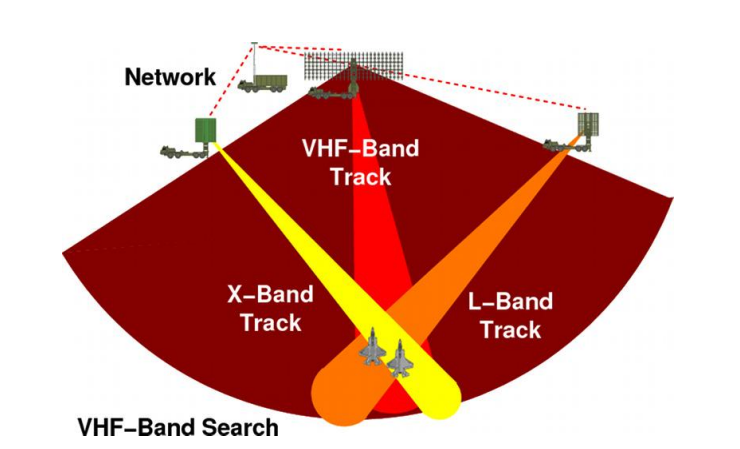
In practical application, stealth isn’t about preventing detection altogether, but rather delaying it for long enough for the fighter aircraft to either strike first or escape a potential threat. The smaller your radar return, the closer your aircraft needs to be to the array in order to be effectively targeted.
According to a peer-reviewed assessment by electronics engineer and Hellenic Air Force Colonel Konstantinos Zikidis, published by the Journal of Computations & Modelling in 2014, Russia claims the low-frequency arrays leveraged by the Nebo-M can detect the F-117 Nighthawk at a range of 350 kilometers (217 miles) in an environment free from electronic warfare (EW), and potentially as far as 72 kilometers (45 miles) under heavy jamming. This detection range is the basis for many S-400 counter-stealth claims, but it fails to acknowledge the difference between detecting a stealth fighter and targeting one.
The figures above represent the detection range for the S-400 system’s low-frequency radars versus the F-117, which offers an RCS that’s approximately 30 times larger than the F-22 and at least twice the size of the F-35. As a result, both detection and targeting ranges for these more modern fighters will be reduced dramatically.
Based on assessments, the S-400 can target aircraft like the F-35, but likely not until the jet flies within 20 miles of the system.
Read more from Sandboxx News
- America’s enemies can track stealth fighters on radar
- ‘Top Gun: Maverick’ finally gave us the enlisted hero we always needed: Hondo
- Zero: Did Japan have the best fighter plane of World War II?
- Fore! Special operators parachuting into a golf course
- Letters to Loretta: A series into the power of humanity to persevere during war
Related Posts
Sandboxx News Merch
-

A-10 ‘Thunderbolt Power’ Framed Poster
$45.00 – $111.00 Select options This product has multiple variants. The options may be chosen on the product page -

‘Sandboxx News’ Camo Trucker Hat
$29.00 Select options This product has multiple variants. The options may be chosen on the product page

Alex Hollings
Alex Hollings is a writer, dad, and Marine veteran.
Related to: Airpower
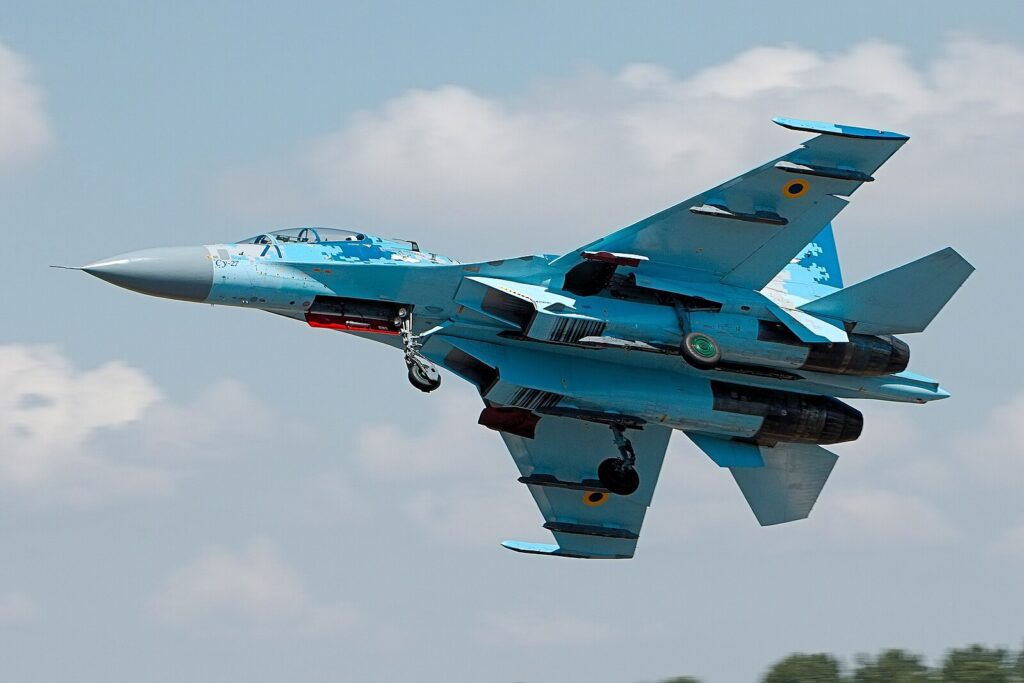
Where do NATO reporting names come from?

How US Special Forces took on Wagner Group mercenaries in an intense 4-hour battle
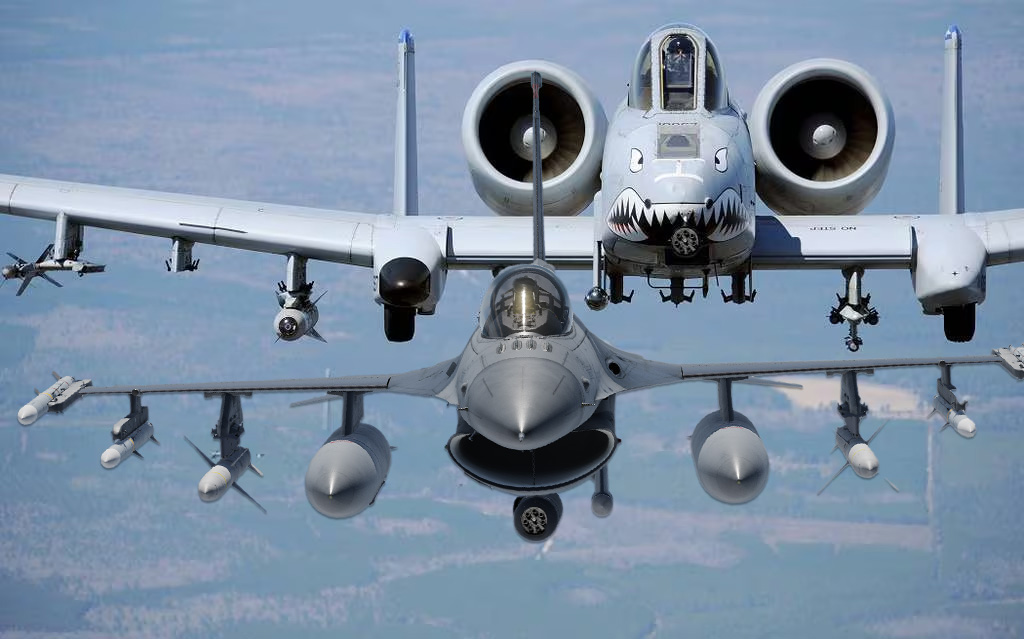
F-16s carrying the A-10’s 30mm cannon actually saw combat
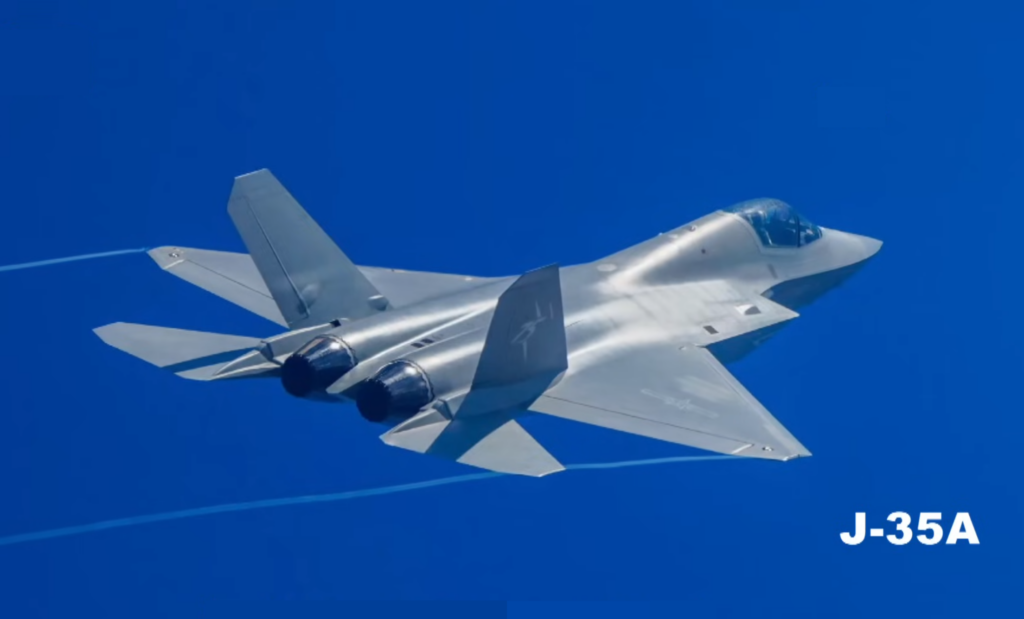
How does China’s new J-35 stealth fighter compare to America’s F-35?
Sandboxx News
-

‘Sandboxx News’ Trucker Cap
$27.00 Select options This product has multiple variants. The options may be chosen on the product page -

‘AirPower’ Classic Hoodie
$46.00 – $48.00 Select options This product has multiple variants. The options may be chosen on the product page -

‘AirPower’ Golf Rope Hat
$31.00 Select options This product has multiple variants. The options may be chosen on the product page -

‘Sandboxx News’ Dad Hat
$27.00 Select options This product has multiple variants. The options may be chosen on the product page
